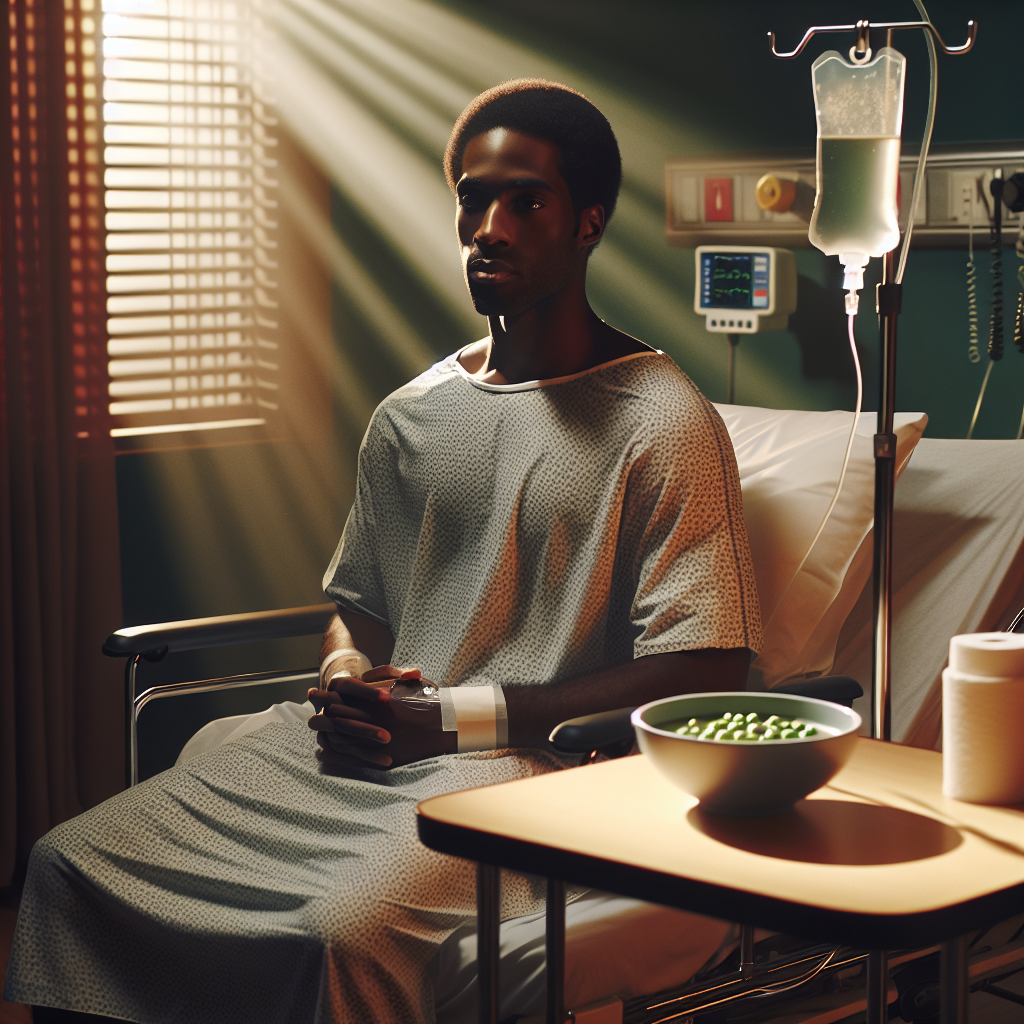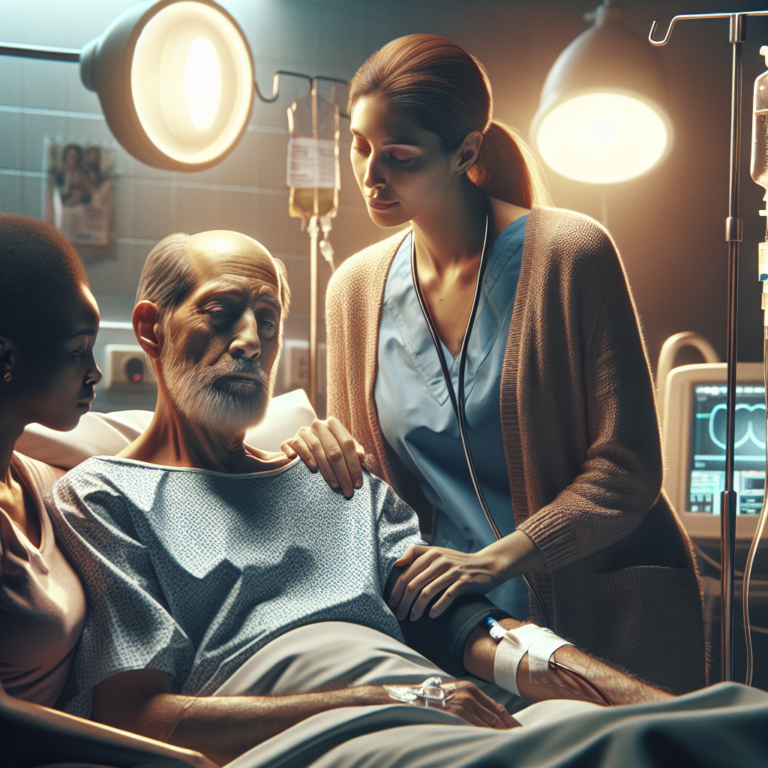Empowering My Journey: Rediscovering Knowledge About Pancreatic Cancer

On a frigid afternoon in January 2021, Martin Hynes took down his Christmas decorations, unaware that his life was about to change drastically. After experiencing unusual symptoms like nausea and jaundice, he was swiftly diagnosed with pancreatic cancer. As a former researcher at Eli Lilly, Martin understood the gravity of his diagnosis, prompting him to seek the best treatment options available.
Initial Symptoms and Diagnosis
It all began with a bowl of pea soup that didn’t sit well with him. Over the next few days, Martin experienced persistent stomach pain, initially attributing it to the soup. However, after a concerned lunch with his wife on January 14, she pointed out his jaundiced appearance. He promptly contacted his primary care physician, Dr. Shelagh Fraser, who arranged for an urgent abdominal CT scan amidst the pandemic’s chaos.
The scan revealed a tumor located at the head of his pancreas. With his background in clinical research, Martin was familiar with the implications of such a diagnosis. This knowledge pushed him to take immediate action, leading to further testing and a confirmed cancer diagnosis through an ERCP procedure. Unfortunately, this procedure resulted in pancreatitis, requiring hospitalization during a time when visitor restrictions were strict due to COVID-19.
Crafting a Comprehensive Treatment Strategy
Determined to fight back, Martin chose the Schwarz Cancer Center at Indiana University in Carmel for his treatment. His medical team, led by Dr. Michael House and Dr. Anita Turk, laid out a strategic plan involving neoadjuvant therapy followed by a Whipple procedure. Soon after, a chemotherapy port was implanted to facilitate his treatment.
Martin’s chemotherapy regimen involved modified FOLFIRINOX, a combination of irinotecan, oxaliplatin, and fluorouracil. He received treatment at the infusion center, where he experienced various side effects like nausea and fatigue. However, he also encountered an unexpected side effect known as first bite syndrome, which caused a peculiar sensation during meals. Despite these challenges, Martin maintained his fitness routine, believing it would benefit his immune response.
The Whipple Procedure and Recovery
On May 11, 2021, Martin underwent the Whipple procedure at the Simon Cancer Center in downtown Indianapolis. The surgery was successful, and he spent four days recovering before returning home. Following the operation, his CA 19-9 levels, a key tumor marker, continued to decline, providing hope for his future.
One month later, Martin began another round of chemotherapy, totaling six additional cycles of the modified FOLFIRINOX regimen. By the end of December 2021, he transitioned to an active surveillance program, regularly visiting the Schwarz Cancer Center for blood tests and scans.
Staying Informed and Engaged
Understanding the importance of genetics in cancer treatment, Martin had his tumor and germline tested. He found himself carrying several germline mutations, such as KRAS G12D and TP53, but none were currently treatable with existing drugs. This realization prompted him to stay updated on clinical trials that might one day address these mutations.
Since his diagnosis, Martin has turned to resources like Let’s Win, finding valuable information and support. He credits numerous individuals for their guidance throughout his journey, including fellow cancer patients who provided practical advice for managing chemotherapy.
Conclusion
Martin Hynes’ journey through pancreatic cancer underscores the importance of quick diagnosis, comprehensive treatment plans, and ongoing education in battling this formidable disease. His story serves as a beacon of hope for others facing similar challenges, highlighting the power of resilience, support, and knowledge in navigating the complexities of cancer treatment.
For an in-depth look at Martin’s experience, you can watch his inspiring story, “The Fight of My Life.”






